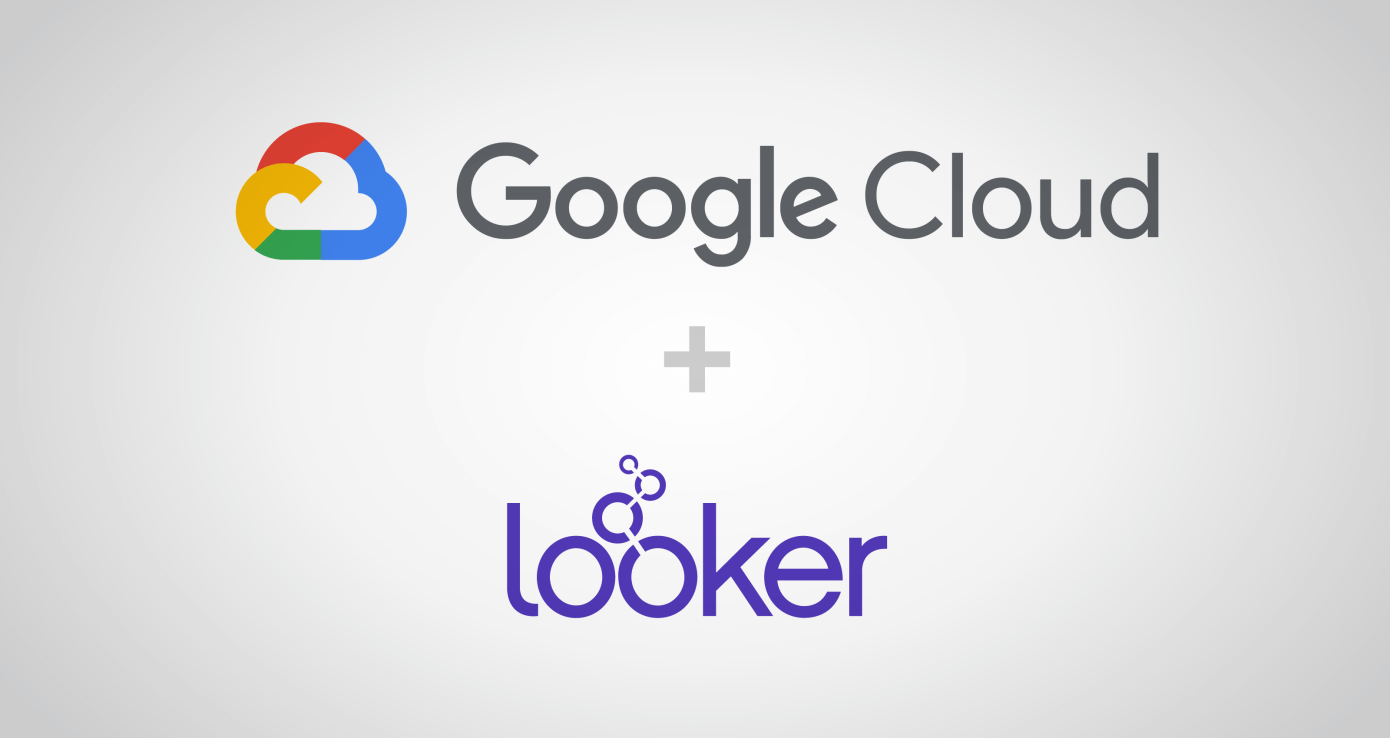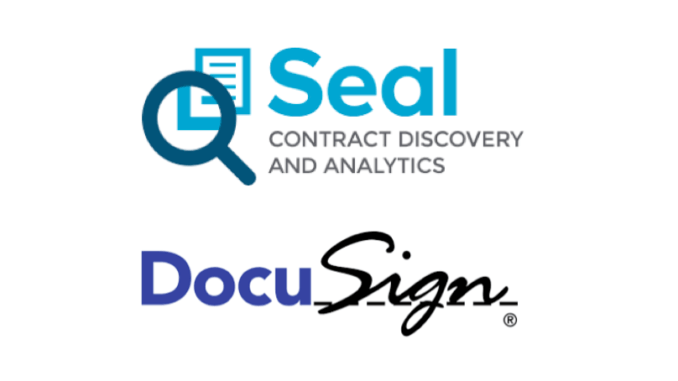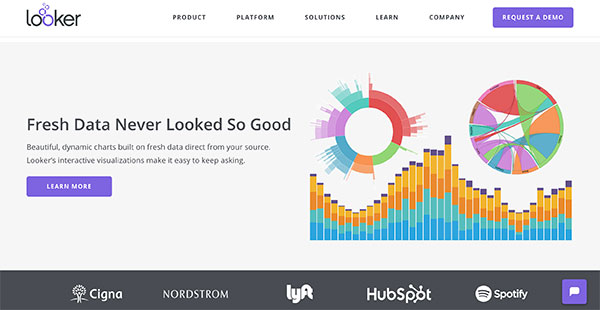What to Expect in BI Software in 2020
While the business world has gotten used to using analytics and business intelligence over recent years, both are still hot on the lips of many commercial enterprises. Increasing all the time in speed and accuracy, BI becomes more complex, as it delivers essential, and often game-changing data.
With the new year now well underway, activity in the world of commerce is over its Christmas lull. This is true nowhere more than in the world of BI, which earns its crust by keeping ahead of the pack. Competition here is at least as high as other sectors, and the pressure is always to deliver smart, data-driven business choices at competitive prices.
Here’s what’s set to happen in 2020.
The Onward March of Voice Technology
Like BI itself, the use of digital assistants is something business people are getting used to using these days. What they’ve been maybe a bit shy about is using their voice to ask for that assistance. This is likely to change quite a bit in 2020, as the trend is definitely upwards in people being comfortable with the voice-based interface. In turn, this is sure to raise expectations of what AI can deliver. In terms of business applications, users will want a better experience, simpler interactions and a boost in their own productivity.
Market leaders like Oracle are pushing voicefied assistants, exploring ways to make interacting with AI more intuitive, and also automate processes. In 2020, we can expect to see more automation of queries using voice as part of natural language processing (NLP), on top of traditional search methods.
As this rolls out, more and more complex data sets and queries - with their resulting insights - will need to become accessible to a wider range of any organization’s workforce. In terms of the workplace, we can all expect to hear more people talking to their digital assistants and asking very specific BI related questions.
Augmented Analytics
Widely seen as the next step in disrupting the data - analytics process, augmented analytics uses machine learning and AI at the same time, thus changing the way analytics develops, and is then used and shared. This trend is itself the result of the success of BI software. Business operators from the very smallest level can now analyze their own operations thanks to augmented analytics, with some often surprising results. AA, shall we call it, automates data preparation, insight discovery and model building. As a time saving, cost-effective BI tool, augmented analytics can’t be beaten.
Market leaders Looker, Sisense, and Tableau have shown that using AA can dramatically reduce the time and man/woman power needed to build, embed and deploy useful, intelligent analytics. Their best products include self-service analytics dashboards and white-labeled BI apps. In the case of Sisense’s Boto solution, for instance, executives and line-of-business users can upload useful data resources via Messenger, Slack or Skype; after that, Boto does the heavy lifting. When complete, all users benefit from perfectly mapped out connections, ready to be queried by NLP.
Augmented analytics offers more unbiased analyses while requiring no special training, background or expertise in data querying. Unlike traditional manual approaches, like building specific analytics models or constructing algorithms to dig out specific findings, many more users will be able to intuitively use AA to find really useful analytics results.
Augmented Data Management
In the same vein as augmented analytics, augmented data management will see a bigger footprint in 2020. With developments in both AI and ML, management of information will automate at a service level, freeing up highly skilled technical users to spend their time on the business-critical, high-value issues for which they are employed. At the same time, “lower-level” workers will be able to enjoy a more intuitive experience while managing data efficiently.
Augmented data management will drastically reduce the amount of time people spend on data wrangling. Currently, this takes up far too much of many businesses’ time and money. With ADM, executives and data scientists will be confident that their models, queries, findings, and insights are reliable.
Expect an increasing amount of interest and spend on augmented data management in 2020.
Predictive analytics
Being business agile is a much sought after attribute in the digital era. The more fluid any business’ infrastructure, the higher its value to the company. With this in mind, having ways to use their analytics predictively is guaranteed to get CEOs salivating.
Predictive analytics in today’s digital business environment offers any organization a competitive edge. Evidence of this can be found at IBM, no less, where their SPSS Statistics and SAS Advanced Analytics are showing impressive results in increased production and operational efficiency. Both of these solutions use predictive analytics, in the field of customer behavior patterns and other mineable trends.
As ever, cost is the most important driver in investment. For forward-thinking business managers (which sort of comes with the job description), investing in predictive analytics should represent money well spent. Along with the big strides in ML and NLP systems, predictive analytics represents a sound investment.
ML as a Service
In terms of things to look out for in 2020, Everything-as-a-Service (XaaS) is a no-brainer. This business model is proving hugely popular in the B2B landscape, as it continues to deliver the goods for businesses of many sizes and shapes. As part of XaaS, Machine Learning (ML) as a Service - or MLaaS is a vital subset.
MLaaS’ main appeal to business owners is that it cuts down drastically on initial running costs. Machine learning can do the work of a huge number of people, software and hardware resources. Its use of algorithms to harvest and query data is supremely efficient, so small and medium enterprises don’t need to worry about in-house implementation. MLaaS wins on speed, scale, and convenience. That’s win, win, win.
MLaaS offers businesses the chance to design and make functioning data models that produce totally sound, perfectly useful insights. On top of that, it can also be used by staff who aren’t highly trained in BI or IT terms; so, companies don’t have to worry about providing that training, or finding the resources to do so.
Amazon, Google, and Microsoft are already using MLaaS platforms; that tells you how much value they represent. Expect Machine Learning as a Service to start ballooning in 2020.
Conclusion
In an environment where AI and ML are starting to really make their presence felt, any sensible company in which uses digital technology would be foolish to ignore them. Advances in both of these fields are helping businesses get a real 360⁰ view of their market and how well they are serving it. Those with eyes to see will embrace this technology, as it not only makes for better productivity but sustainability in the uncertain times ahead.
Being able to automate tasks, see patterns, spot potential pitfalls, and opportunities is an extremely high-value tool to have at your fingertips. For that reason, businesses that don’t commit to the latest trends in BI in 2020 might not be around to see in 2121.




































